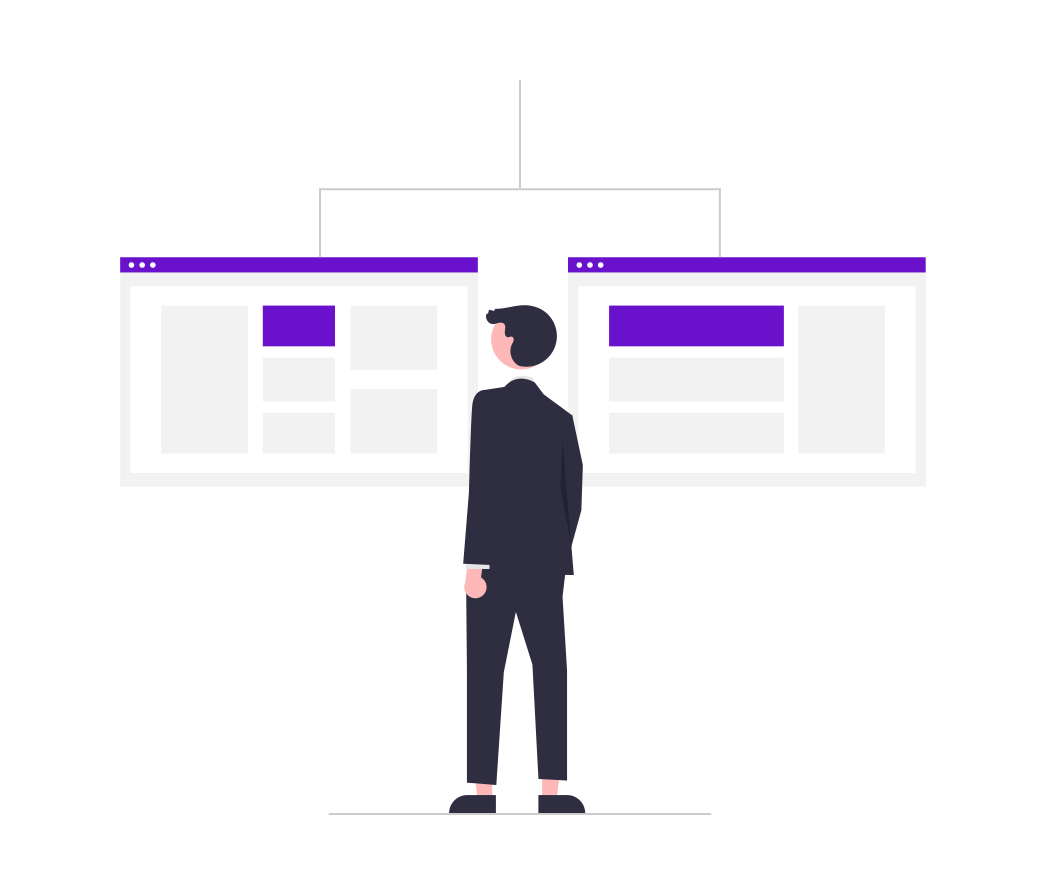In the rapidly evolving landscape of digital marketing, understanding your audience is crucial for success. While demographic data offers a snapshot of who your customers are, psychographic insights delve into their behaviors and motivations. Integrating these two segmentation methods can provide a holistic understanding of your target market, enabling more effective and targeted marketing strategies. This blog explores the synergy between demographic and psychographic segmentation and how it can transform your marketing approach.
The Basics of Demographic Segmentation
Demographic segmentation divides the market based on statistical data. Common demographic variables include:
- Age
- Gender
- Income
- Education Level
- Occupation
- Marital Status
These attributes help marketers categorize their audience into distinct groups, making it easier to tailor marketing efforts to meet the needs of each segment.
The Depth of Psychographic Segmentation
Psychographic segmentation, on the other hand, goes beyond numbers to explore the psychological aspects of consumer behavior. Key psychographic variables include:
- Values
- Attitudes
- Lifestyle Choices
- Interests
- Personality Traits
Understanding these factors allows marketers to tap into the emotional and psychological drivers behind consumer decisions.
Why Integrate Demographic and Psychographic Segmentation?
Combining demographic and psychographic segmentation offers a more nuanced and comprehensive view of your audience. Here’s why this integration is essential:
-
Richer Customer Profiles: Merging demographic and psychographic data creates detailed customer profiles that reveal both who your customers are and why they behave the way they do.
-
Enhanced Personalization: This integrated approach allows for highly personalized marketing messages that resonate with your audience on multiple levels.
-
Improved Targeting: With a deeper understanding of your audience, you can target your marketing efforts more precisely, reducing waste and increasing ROI.
-
Better Product Development: Insights from both demographic and psychographic data can guide product development, ensuring that new offerings meet the specific needs and desires of your target market.
Steps to Integrate Demographic and Psychographic Segmentation
-
Data Collection
Start by gathering both demographic and psychographic data. Use surveys, interviews, social media analytics, and website analytics to collect a wide range of information.
-
Data Analysis
Analyze the collected data to identify patterns and correlations between demographic attributes and psychographic traits. Look for commonalities that can help you segment your audience more effectively.
-
Profile Creation
Create detailed customer profiles that incorporate both demographic and psychographic data. These profiles should provide a comprehensive picture of your target segments, including their age, gender, values, interests, and lifestyle choices.
-
Segmentation
Divide your audience into distinct segments based on the combined data. Each segment should represent a unique group with specific characteristics and behaviors.
-
Targeted Marketing Strategies
Develop marketing strategies tailored to each segment. Craft personalized messages that address the specific needs, values, and interests of each group. Use the right channels to reach each segment effectively.
Implementation Tips
-
Utilize Technology
Leverage marketing automation tools and CRM systems to manage and analyze your segmentation data. These tools can help streamline the process and provide actionable insights.
-
Regular Updates
Continuously monitor and update your segmentation data to reflect changes in consumer behavior and market trends. This ensures that your marketing strategies remain relevant and effective.
-
Cross-Department Collaboration
Encourage collaboration between marketing, sales, and product development teams. Sharing insights across departments can enhance the overall effectiveness of your segmentation strategy.
Conclusion
Integrating demographic and psychographic segmentation is a powerful strategy for gaining comprehensive audience insights. By understanding both the statistical and psychological aspects of your target market, you can create more effective and personalized marketing campaigns. This synergistic approach not only improves targeting and engagement but also drives better business outcomes. Embrace this integrated strategy to elevate your marketing efforts and connect with your audience on a deeper level.


